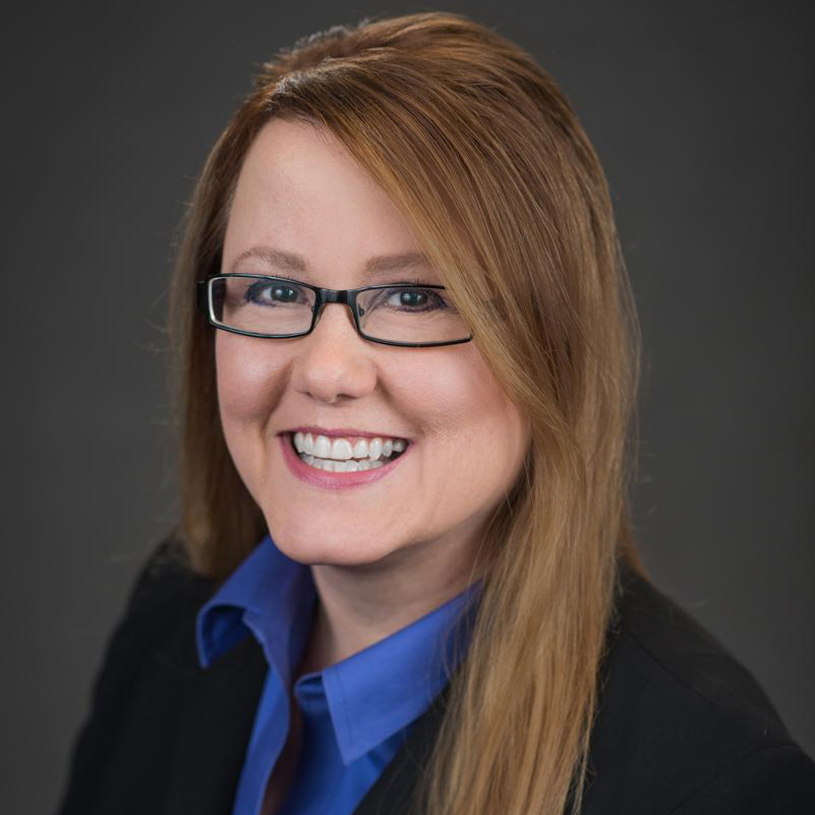
Tyson Belanger served three tours of duty in Iraq as a Marine. Now, as the owner of the assisted living home his parents built 44 years ago — where 11 of his relatives, including his two grandmothers, have lived — he thinks he has the solution to winning the war on COVID-19. But it’s not cheap, and it requires sacrifice.
The answer, Belanger believes, is to have staff members self-quarantine themselves with residents. He calls it on-site caregiving.
Belanger — who is a Red Cross-trained nurse assistant along with possessing an undergraduate degree from Yale and a Ph.D. from Harvard — and 17 caregivers at the private-pay Shady Oaks Assisted Living in Bristol, CT, have done just that. March 22, they moved into RVs on the grounds and into a neighboring house and committed to living there for up to two months. Four other staff members commute but work in a separate part of the home.
“We are definitely good until May 17, but I might soon ask for another two weeks,” he told me Friday. “Altogether, we will likely go for 10 weeks.”
Local models, Belanger said, suggest that the virus could be a “grave threat” through the end of May. “Our local risk will be less in early June,” he said.
In what Belanger calls “the bubble,” staff members at Shady Oaks, a member of the Connecticut Assisted Living Association, care for 36 residents and have not seen one case of COVID-19 to date, he said. That’s impressive considering that more than 50% of nursing homes in the state had at least one case and more than 50% of COVID-19-related deaths have been among nursing home residents, he added.
“In our hometown, as of last week, two of the five big nursing homes have devastating outbreaks,” he told me. Assisted living numbers are more difficult to come by.
But “what’s happening here in Connecticut might soon happen all across America,” Belanger said in a video he posted to YouTube on Thursday. It’s also on the community’s website.
And Shady Oaks’ success has come at a price to caregivers. “Our onsite caregivers are now working 60 to 80 hours a week,” Belanger said. “Worst of all, they can’t go home to be with their families.”
It has come at a personal price for Belanger, too. “As appreciation and incentive, I’m paying our onsite CNAs $15,000 a month and $20,000 a month to our onsite nurses,” he said. “They deserve it. They really do.”
But Belanger isn’t sure how long he can sustain the extra pay, even though he knows he’s been fortunate enough to have begun the program. “Most senior homes probably couldn’t afford to start something like this,” he noted in the video. “To pay for it, I’ve been drawing huge loans from my personal savings.”
Belanger made the video to educate the public and try to convince other operators of the effectiveness of the on-site caregiving approach — “It’s not too late,” he said — but it also serves as a call for donations and as advocacy for funding to support efforts such as his.
“Many federal, state and charitable leaders are debating how to allocate trillions of dollars of economic stimulus and medical response. They should prioritize multiplier effects,” he wrote in the Hartford Courant. On-site caregiving has multiplier effects, he added, because it can prevent spread of the disease and the hospitalization that may be necessary when someone has COVID-19.
“If funding permitted, we would continue this in whole or in part for as long as COVID continued in nearby homes,” Belanger told me, adding that he worries that the disease might recede from the minds of the general public but remain an ongoing issue in senior living communities.
As he noted in the video: “COVID-19 is killing our residents and caregivers in America’s senior homes. It doesn’t have to be this way.”
You can watch the video below.

